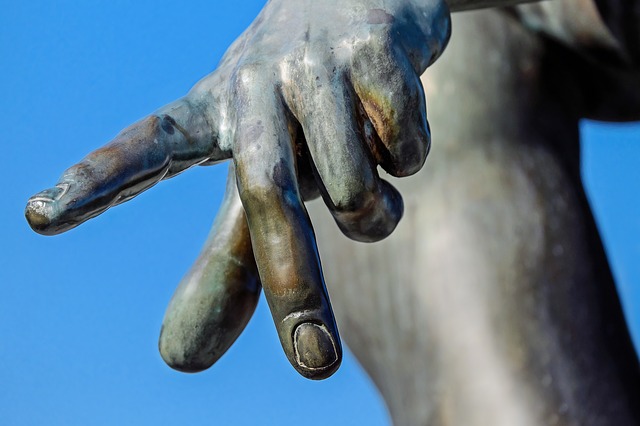The meanings of the sigh. Vocal expression along the route of our desires
DOI:
https://doi.org/10.13130/2240-9599/11106Resumo
The work defines the sigh as a type of breath expressing or communicating specific physical or mental internal states. To investigate the meanings of the sigh, the paper presents analyses of written and oral corpora, finding out that it may express different emotions like boredom or frustration, but also positive meanings like self-encouragement; then it focuses on the use of sighs in political debates. Finally a perception study shows participants’ agreement on the meanings of sighs in terms of valence and arousal. These results lay the bases for future studies to set a clearer distinction between sighs and other vocalisations as well as other effects on its meaning caused by the combination with other body signals like rolling eyes or shaking head.
Referências
Boncinelli E., 2016: Il sospiro, estenuato anelito di vita, Milano, Corriere della Sera.
Diadori P., 1990: Senza parole. 100 gesti degli italiani, Roma, Bonacci.
Diadori P., 1997: The translations of gestures in the English and German versions of Manzoni’s Promessi Sposi, in Poyatos 1998, pp. 131-149.
Grice H.P., 1957: Meaning, «The Philosophical Review », 66, pp. 377-388.
Hoey E.M., 2014: Sighing in interaction. Somatic, Semiotic, and Social, «Language and Social Interaction», 47(2), pp. 175-200.
Li P., Yackle K., 2017: Sighing, «Current Biology», 27, pp. 83-102.
Mancini M., Niewiadomski N., Hashimoto S., Foster M.E., Scherer S., Volpe G., Guest Editorial, 2017: Towards Machines Able to Deal with Laughter, «IEEE Transactions on Affective Computing», 8(4), 492-494.
Miceli M., Castelfranchi C., 2003: Crying: Discussing its basic reasons and uses, «New Ideas in Psychology», 21, pp. 247-273.
Miceli M., Castelfranchi C. 2015: Expectancy and Emotion, Oxford, Oxford University Press.
Owren M.J., Bachorowski J.A., 2003: Reconsidering the evolution of non-linguistic communication: The case of laughter, «Journal of Nonverbal Behavior», 27, pp. 183-200.
Poggi I., 1981: Le interiezioni. Studio del linguaggio e analisi della mente, Torino, Boringhieri.
Poggi I., 2007: Mind, hands, face and body. A goal and belief view of multimodal communication, Berlin, Weidler.
Poggi I., 2008: La mente delle emozioni. Scopi, credenze e comunicazione, in Poggi I. (ed.), La mente del cuore, Roma, Armando, pp. 13-70.
Poggi I., 2009: The language of Interjections, in Esposito A., Hussai A., Marinaro M., Martone R. (eds), Multimodal Signals: Cognitive and Algorithmic Issues, Berlin, Springer Verlag, pp. 170-186.
Poggi I., D’Errico F., Vincze L., 2013: Comments in words, face and body, «Journal of multimodal user interface», 7(1), pp. 67-78.
Poyatos F., 1997: Nonverbal communication and Translation, Amsterdam, John Benjamins.
Poyatos F., 1998: Literary anthropology, Amsterdam, John Benjamins.
Poyatos F., 2002: The nature, morphology and functions of gestures, manners and postures as documented by creative literature, «Gesture», 2(1), pp. 99-117.
Puig Rodríguez-Escalona M., Fornés A., 2011: Mirar de reojo y fijar la mirada en los textos latinos, «Cuadernos de Filología Clásica», 31(2), pp. 213-234.
Ramirez JM., 2014: The integrative role of the sigh in psychology, physiology, pathology, and neurobiology, «Progress in Brain Research», 209, pp. 91-129.
Ruch W., Ekman P., 2001: The expressive pattern of laughter, in A. Kaszniak, Emotion, Qualia and Consciousness, Tokyo, World Scientific, pp. 426-443.
Teigen K.H., 2008: Is a sigh ‘just a sigh’? Sighs as emotional signals and responses to a difficult task, «Scandinavian Journal of Psychology», 49, pp. 49–57.
Tinbergen N., 1951: The study of Instinct, Oxford, Clarendon Press.



